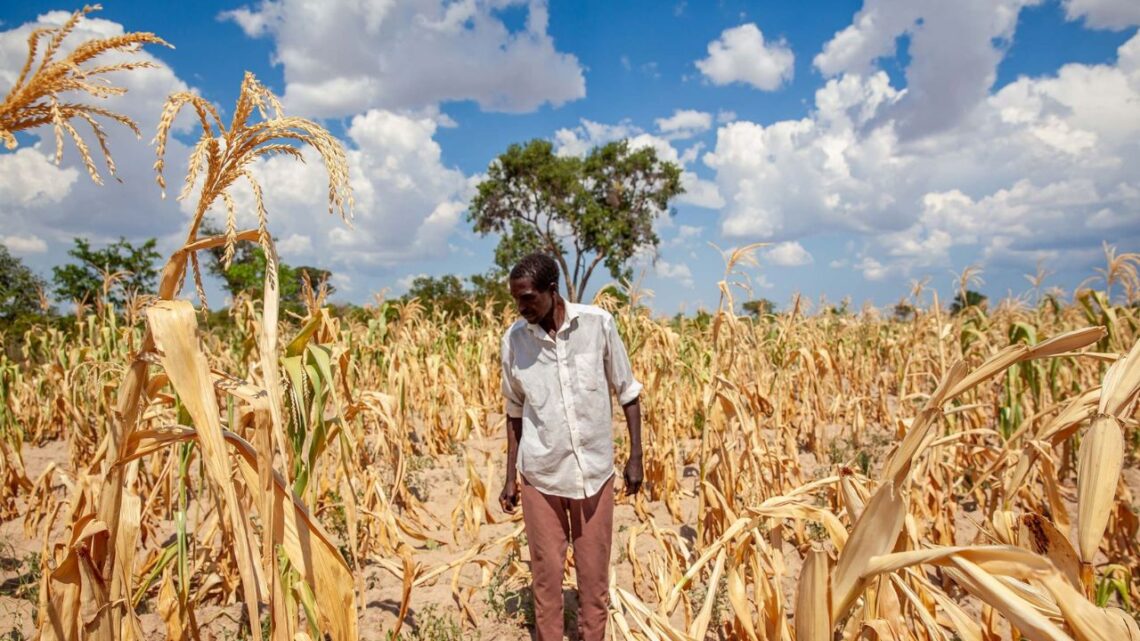The GIEWS Country Brief: Republic of Peru, 13 October 2025 presents a compelling and data-rich snapshot of Peru’s crop forecasts, cereal trade balance, and evolving food security outlook.
This article delves deep into each section of that brief, unpacking key figures, trends, and implications for Peru’s agricultural sector and population. You’ll find clear tables, bold keywords, and actionable insights in this 600-word feature.
Crop Forecasts & Production Highlights
1. Paddy (Rice) Outlook
- In Peru, paddy crops are harvested throughout the year, with about 65 percent of total output concentrated between March and July 2025.
- From January to July 2025, paddy harvest is officially estimated at 2.6 million tonnes, which is about 3 percent above the five-year average.
- The gain is largely driven by above-average harvested area, while yields were slightly below average because abundant rainfall somewhat constrained optimal output.
- Looking ahead, weather forecasts for the last quarter of 2025 suggest average precipitation, which may support favorable yields for the rest of the season.
- Accordingly, aggregate 2025 paddy production is preliminarily forecast to be slightly above the five-year average.
2. Maize (Yellow & White) Outlook
- Yellow maize (primarily used for animal feed) is cultivated year-round. From January to July 2025, output is estimated at 832,000 tonnes, roughly in line with 2024 but about 5 percent above the five-year average.
- The planted area is considered above average, reflecting strong demand from the poultry industry.
- In the San Martín region, which holds about 27 percent of maize plantings, abundant Q1 rainfall bolstered soil moisture and supported stronger yields.
- For white maize (used for human food), the first seven months’ output is estimated above the five-year average, though below levels seen in 2024 and 2023. The decline is linked to reduced planted area, as lower prices discouraged sowing in regions like Cajamarca, Ayacucho, Apurímac, and Huancavelica.
Cereal Trade & Import Requirements
| Indicator | Value / Estimate (2025/26) | Comment / Rationale |
|---|---|---|
| Cereal import requirement | 7.3 million tonnes | Nearly 20 percent above the five-year average |
| Maize imports | 4.8 million tonnes | More than 25 percent above average, driven by poultry sector |
| Wheat imports | (also above average) | Import demand rising for domestic consumption |
- For the 2025/26 marketing year (Jan–Dec), Peru’s cereal import requirements are projected at 7.3 million tonnes, nearly 20 percent above the five-year average.
- Maize imports alone are estimated at 4.8 million tonnes, over 25 percent above the average, reflecting the high demand from Peru’s poultry sector.
- Wheat imports, largely for direct domestic consumption, are also expected to exceed the five-year average, although the report does not list a precise number in the brief.
Price Trends & Market Supply
1. Yellow Maize Prices
- From April to August 2025, yellow maize prices trended downward, buoyed by ample supply from abundant domestic harvests and higher import volumes.
- Compared with 2024 levels, maize prices in this period were moderately lower.
2. Wheat Flour Prices
- Between March and August 2025, wheat flour prices declined steadily, coming in at about 8 percent lower than the same period in 2024.
- The drop is attributed to strong local supply, fueled by significant wheat imports.
3. Rice / Paddy Wholesale Prices
- Between January and August 2025, wholesale rice prices declined, landing around 15 percent below their year-earlier levels.
- The decline is due to well-supplied local markets—thanks to a strong 2024 paddy output and large import volumes.
Implications & Key Takeaways
- Above-average production of paddy and maize points to relative resilience in Peru’s staple crops, though weather and yield risks remain.
- Strong import demand, especially for maize, underscores Peru’s dependence on external supplies to feed its poultry sector.
- Falling prices across maize, wheat flour, and rice suggest good supply conditions—but low farm prices may disincentivize future cultivation.
- Regions with shrinking planted area (for white maize) highlight sensitivity to market prices and seed planting decisions by farmers.
- The balance between domestic production gains and heavy reliance on imports is a delicate one; if global prices or trade disruptions occur, Peru’s food security may be vulnerable.
The GIEWS Country Brief – Republic of Peru, 13 October 2025 paints a cautiously optimistic picture: crop forecasts point to output slightly above average, cereal imports are poised to rise substantially, and market prices for staples are easing due to ample supply.
Peru’s food security landscape is holding steady for now, but underlying vulnerabilities—especially strong import dependence and farmer disincentives—must be monitored. As 2025 progresses, weather patterns, global trade shifts, and input costs will test whether these projections hold true in practice.







